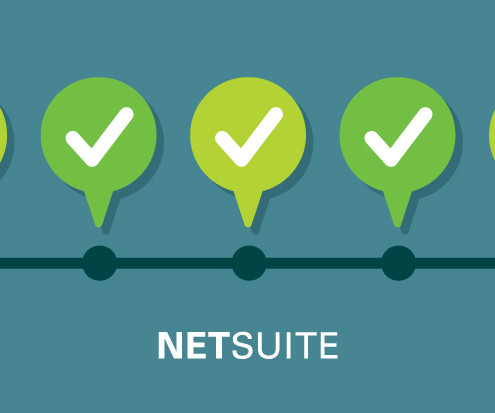Should you consider an automated indirect tax system? 9 key questions to ask
ThomsonReuters
JULY 25, 2023
Every company’s tax technology journey is different, and it’s not always clear when and how tax automation should be incorporated or what the benefits will be. Thomson Reuters: How are certain trends in politics, culture, technology, or industry affecting businesses?














Let's personalize your content